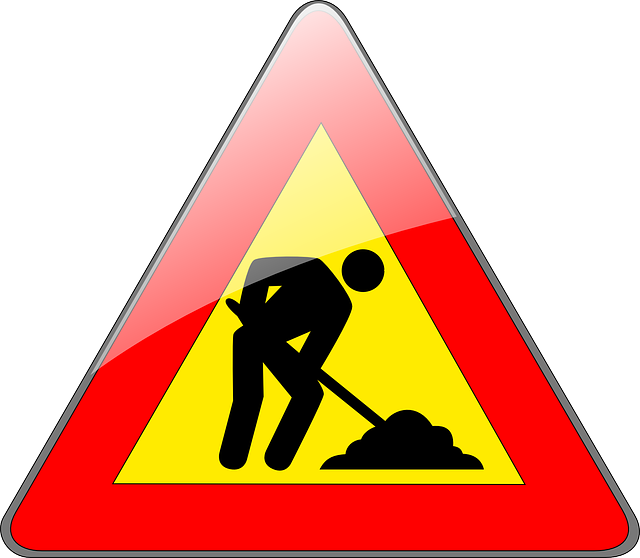The real estate market varies greatly across urban landscapes due to location, economic conditions, and demographic trends. Metropolitan areas with strong economies have high demand and premium prices, while suburban or rural locations offer more affordability but varied amenities. Understanding local trends like population growth and development projects is crucial for buyers and investors, who can use the expertise of real estate agents for informed decisions. City markets are vibrant microcosms shaped by culture, economics, and history, offering diverse opportunities from street vendors to modern high-rises. Property values in metropolitan areas are influenced by demographic shifts, economic vitality, infrastructure, zoning laws, and natural factors, with rapid growth and thriving economies driving up values.
“Uncover the intriguing diversity of the real estate landscape across cities and counties. This comprehensive guide explores how urban dynamics significantly shape property markets. From bustling metropolitan hubs like New York to serene suburban towns, we delve into unique characteristics influencing real estate trends. Furthermore, we analyze county-level variations, examining demographics, economic conditions, and growth patterns that drive housing market disparities. Armed with this knowledge, savvy investors can navigate regional differences, adapt strategies, and maximize returns in today’s dynamic real estate world.”
Real Estate Market Dynamics Across Urban Landscapes

The real estate market varies significantly across urban landscapes, shaped by a myriad of factors that include location, economic conditions, and demographic trends. Each city or county develops its unique characteristics, influencing property values and rental rates. For instance, bustling metropolitan areas with thriving economies often experience higher demand for residential properties, leading to premium prices and competitive markets. In contrast, suburban or rural counties might offer more affordable options but with varying amenities and infrastructure.
Navigating these dynamics is crucial for both buyers and investors. Understanding local market trends, such as population growth, employment rates, and new development projects, enables informed decision-making. Local real estate agents play a vital role in providing insights into specific neighborhoods, helping clients find suitable properties that align with their preferences and budgets. These variations across urban landscapes create a diverse and ever-evolving real estate market, requiring adaptability and knowledge to successfully navigate.
– Exploring the unique characteristics of diverse city markets

City markets are a microcosm of the diversity that makes each urban center unique. Exploring these vibrant hubs reveals a wealth of real estate opportunities, shaped by cultural influences, economic trends, and historical narratives. From bustling street vendors selling artisanal goods to modern high-rise condos catering to affluent residents, each city market tells a story.
Diverse markets offer investors and homebuyers an array of options, reflecting the eclectic nature of urban living. Understanding these nuances is key to navigating the real estate landscape successfully. Whether it’s the charming historic districts with their coveted older homes or the burgeoning tech hubs filled with innovative startups, cities’ varying markets ensure that every type of buyer or investor can find a place that truly resonates with them.
– Factors influencing property values and trends in metropolitan areas

Property values in metropolitan areas are shaped by a myriad of factors, creating distinct trends across cities and counties. Demographic shifts play a significant role; for instance, areas experiencing rapid population growth often witness higher demand for real estate, leading to increased property values. Conversely, declining populations might result in softer markets. Economic vitality is another key driver; bustling cities with thriving industries and low unemployment rates tend to attract investors and buyers, boosting real estate values.
Infrastructure development is also influential. New roads, transportation hubs, and urban renewal projects can significantly enhance the appeal of certain neighborhoods, causing property values to rise. Zoning laws and local regulations impact market dynamics as well; strict zoning policies might limit development, while more flexible rules could encourage growth and increase land values. Additionally, natural factors like proximity to water bodies or scenic landscapes can create premium real estate markets.






